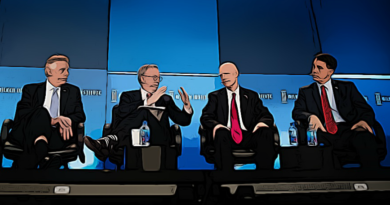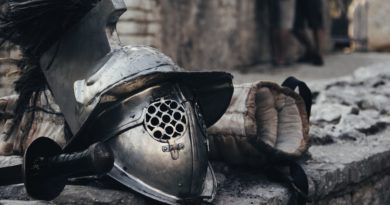Asterix and the Belgians: a Playful Exhibition
Summer vibes are back in Brussels! Sunny days here again and the city is shining; it’s a pleasure to walk around, enjoy the nice breeze and discover the city.
Are you looking for something fun to do on a lazy afternoon, to take a break from the hottest hours in the city? What about an unusual exhibition at the Belgian Comic Strip Museum?
From the 1st of June to the 3rd of September the incredible art-nouveau building will host a temporary exhibition on the very famous comic “Asterix the Gaul”, more in the specific, on his adventures with the Belgian people! Yes, you heard it right: after several travels and adventures all around Europe with different companions and peoples, Asterix and Obelix met also the incredible Belgians! And even the Manneken Pis celebrated the arrival of the fearless Gauls, wearing Asterix and Oblix’s clothes!
The comic was originally published in 1979. The motivation that pushed the creation of the story was double. On one hand, the official one, the two authors (René Goscinny and Albert Uderzo) were inspired by the famous sentence of Julius Caesar from the “De Bello Gallico”; the emperor, in fact, talks about the Gallia region and about the character of one of the populations living in there, the Belgians, who are “the bravest and strongest”. On the other hand, the more personal one, the two authors wanted to honor the country in which they first met, lived and started their collaboration.
The comic -and the exhibition itself- exalts these two important factors, but also aims to honor René Goscinny, the writer of the comic books, who died two years before seeing the end of the project.
The expo has a lot of panels that inform the visitors about the authors, the story of the comic and the characters themselves; a video interview to Asterix and Obelix plays on the background, while people move around the room and the kids play with the interactive Asterix-themed games scattered around. In the showcases, you can admire parts of the tables, objects related to Belgium and to the story, and portraits of famous people represented in the comic.
The organizer of the exhibition, Melanie Andireu, explained us how the exposition was developed and some interesting points of the comic. She said that the representation of the Belgians in the comic is always playful: there are some of the usual bias and clichés, but they are generally always funny, they’re aim is to underline the comic differences between the French and the Belgians, but never to mock or insult. These cultural differences are one of the main pillars of the comic and they are also a still a very modern source of jokes between the two populations. One example is the difference in counting numbers: in France, 76 is called “soixante-seize” (sixty-sixteen), while in Belgium is “septante-six” (seventy-six). To insert the jock in the comic, Uderzo and Goscinny called a Belgian druid (the first Belgian ever appeared in the comic!) Septante-six.
The language, therefore, plays an important role in defining the Belgian character and culture, in contrast with the French ones. Nonetheless, a complete analysis of the character is carried out in the comic and it is easy to get a clear definition on how Belgians are seen. They are seen as ingenious, fun, friendly, cheerful and bon viveurs, with a good sense of humor, but they can also be impertinent, touchy, rude and irritable, from Asterix’s eyes.
Another important point in the characterization of Belgium is the representation of national foods, objects and famous people. In the comic, lace, moules, Brussels sprouts and frites make their appearance, surprising the two Gauls (probably not everybody enjoys brussels sprouts as much as Belgians do). Among the celebrities mentioned, we can find the singers Jacques Brel and Annie Cordy, and the cyclist Eddy Merckx, the three of them at the peak of their career in the late seventies and characteristic of that period’s society and culture. Jacques Brel is also indirectly quoted when the comic describes Belgium’s flat landscape. The descriptions hint at Jacques’ song Le Plat Pays, joking about the fact that two thirds of the country actually consist of flat open country and low plateaux.
Lastly, the comic reveals a good sense of humor also towards the Belgian art and history. In fact, at the end of the exposition, the visitors can see the familiar image of the Gauls feasting all together around the table, as they usually do at the end of each adventure. This time, however, the composition is a bit different: it is inspired, in fact, by Pieter Brueghel the Elder‘s painting, The Wedding Banquet. The Flamish painter, who lived in Brussels, was particularly famous for his ability to depict crowded scenes and farming life. Finally, the last battle in the comic is a parody of the battle of Waterloo in 1815, a paraphrasis of the description given by Victor Hugo in his volume Chatiments.
Asterix and Obelix have the unique gift of entertaining both adults and children with their incredible adventures, describing a fantasy world that presents details and behaviors of the people and populations around us. If you are looking for some childlike light-heartedness on a lazy and warm afternoon, pass by at the Belgian Comic Strip Museum; merge again in your childhood or meet new characters, and enjoy the amazing stories they’ll tell you.



